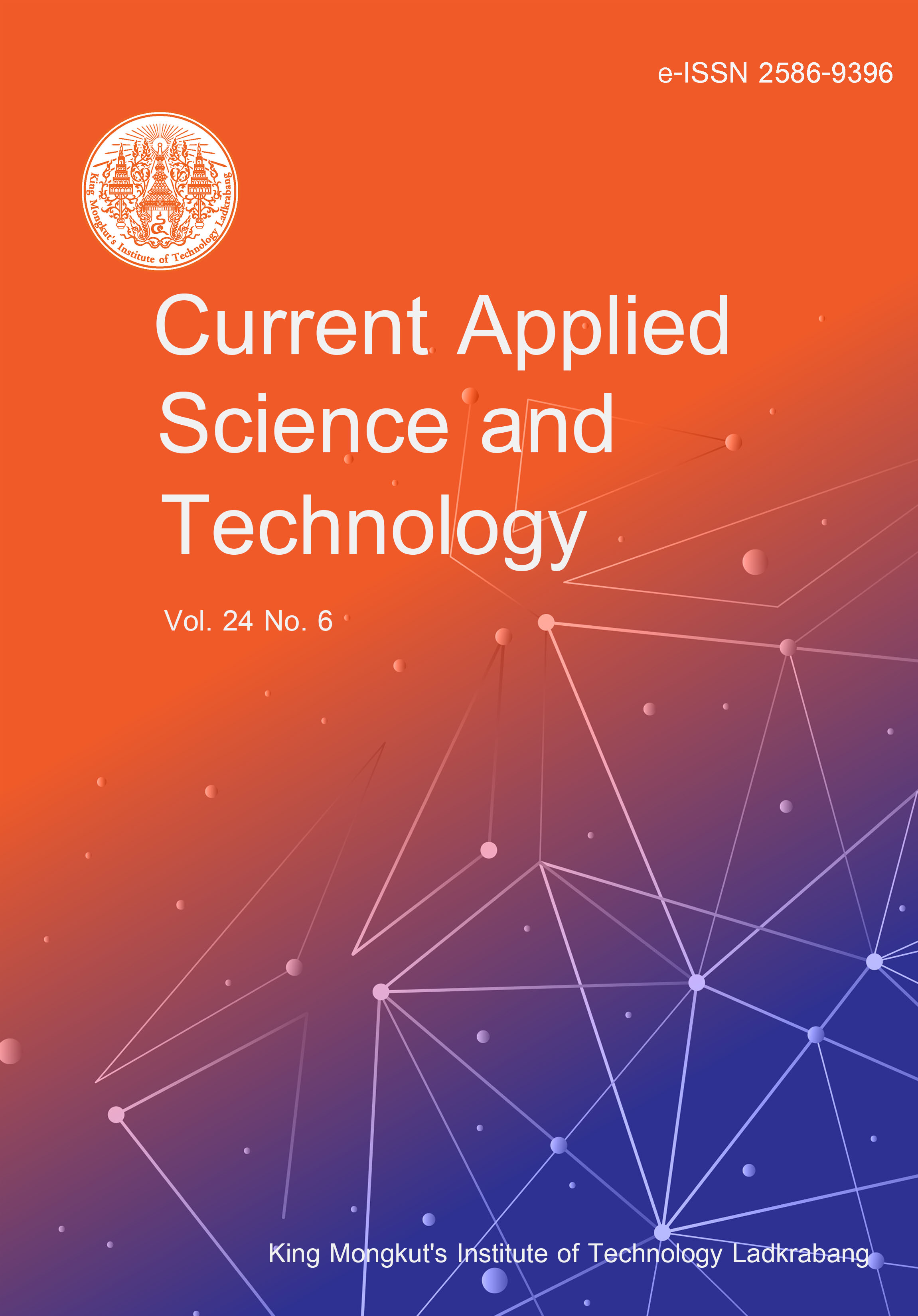Cellulose is a naturally occurring polysaccharide that is produced by both plants and micro-organisms. It is one of the most prevalent organic substances in the natural world. Compared to plant cellulose, bacterial cellulose (BC) exhibits superior physicochemical properties such as high purity, crystallinity, biocompatibility, biodegradability, and water holding ability, making it an excellent choice of material for various industrial and biomedical applications. However, large scale production and utilization of BC suffers from limitations related to its low yield and high production cost. In this research, an attempt was made to investigate the effects of different carbon sources on the bacterial cell growth kinetics, BC yield and physicochemical characteristics of Acetobacter aceti MTCC 2623. The results showed variations in growth kinetics and BC yields under different conditions. Among the selected carbon sources, Hestrin and Schramm (HS) medium supplemented with glucose gave highest BC yield of 2.89±0.18 g/L, whereas glycine resulted in the lowest BC yield, which was 0.089±0.17 g/L. FTIR spectral analysis showed no significant variations in the characteristic vibrational bands for BC prepared using different carbon sources. DSC results indicated the superior thermal stability of BC samples over commercial cellulose. Our findings suggest that BC production by A. aceti using glucose as C-source in HS media may be scaled up for enhanced production of BC. The improved physicochemical characteristics of BC compared to commercial cellulose point to the importance of BC as a potential candidate for several biomedical and industrial applications.
Singh, G. ., Gauba, P. ., & Mathur, G. . (2024). Bacterial Cellulose Production by Acetobacter aceti MTCC 2623 Using Different Carbon Sources. CURRENT APPLIED SCIENCE AND TECHNOLOGY, e0260805. https://doi.org/10.55003/cast.2024.260805

